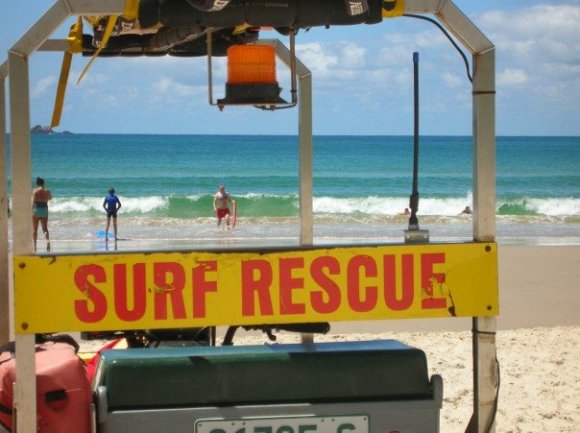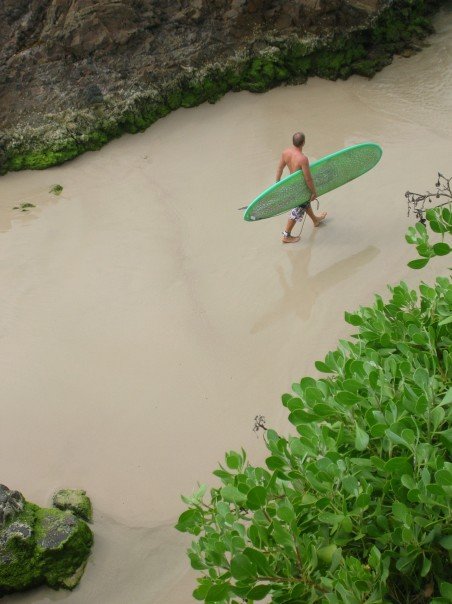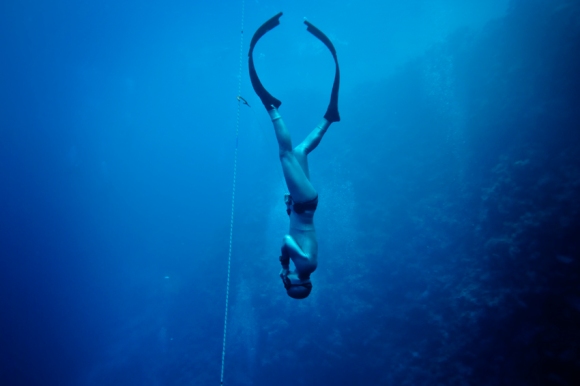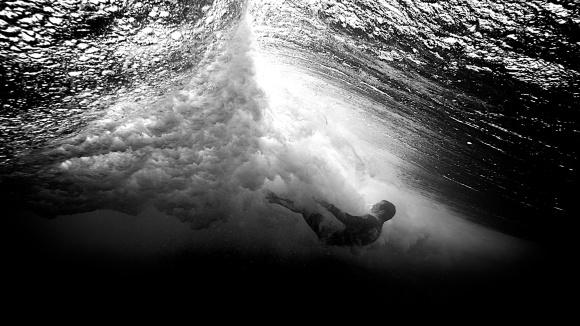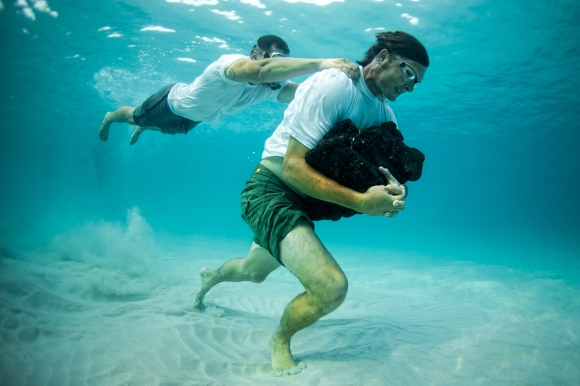
This week I was lucky enough to interview Mark Thorpe. Mark is a renowned Underwater Cameraman, Photographer and Ocean Conservationist. He has won the Prix du Public at the Antibes World Festival of Underwater Film and Images, and most notably he received an EMMY in 2011 for cinematographic contributions to the National Geographic series ‘Great Migrations’. I hope you enjoy the interview!
When did you start taking photos/filming and why?
I’ve always been interested in imaging but never really started with any real intention until circa 1992 when I was based in Djibouti in the horn of Africa for a two year military posting. When not out on missions etc I would spend my time immersed in the Red Sea scuba diving and taking imagery of the reefs and fishes there.
What is the best and worst thing about being a professional cameraman?
I guess never knowing what it is you’re going to be asked to film. I specialize with underwater and this has bought me into projects for conservation entities such as WWF and also broadcast concerns. I’ve dived with Tiger Sharks, placed cameras on Great White Sharks, balanced on a small inflatable tracking Sperm Whales in Mexico and photographed so many land based critters for other projects. Money can’t buy these experiences but it’s obviously nice to get paid to have them!
What inspires you?
The hope that my images may go towards instilling some form of education and understanding of not just the marine World but also the natural World in general. As a species we tend to protect what we love and we love what we understand. Wildlife across the globe needs to be better understood it seems as there are many enigmatic species now on the verge of both population collapse and even extinction.

How would you describe your photographic vision?
I think it’s more a question of how people perceive my vision. I personally don’t think that I do anything extra special with a camera other than portray items from my understanding of them. I guess with the marine side of things I have an understanding of animal behaviour which is key in this game in order to pre-empt their movements and to position myself in the right spot at the right time. It doesn’t always go as planned and underwater you generally tend to get just one crack of the whip.
Why did you start the project ‘The Sharks of the Forgotten Island’s’
I lived for eight years around the islands of Micronesia and as such during that time I noted what would be the seeds for this story. After attending the funeral of a particular Chief’s wife out in the Ulithi Atoll, his son is a friend of mine, I saw a way of life that was fragile, unique and yet very much under threat. Whilst other projects came and went I always had the idea in the back of my mind to tell this story and it is now that I want to dedicate the coming three to five years in order to do that. The story itself is about a certain element of the Micronesian population who cling to life whilst living on a selection of almost sand bars out in the vastness of the western Pacific Ocean. Their culture is unique but sadly dying as influence from westernization permeates their islands. Their very existence is also threatened with rising sea levels, some of their islands boast mere meters of elevation so that is is a very real concern for the chiefs of the region. Their story will be woven around the Ocean, their dependence on it and also the threat of illegal fishing in the region, especially those fisheries that target sharks for their fins. Whilst it is a natural history piece it also carries a very strong environmental message.
What do you consider to be the hardest part of the project?
Raising the budget! It seems there is little desire these days for nature films which is sad. However that said there is a slow trickle of people supporting this deal. I’ve decided to try and involve those who appreciate this genre of film production and created a specific facebook page where people can decide if they want to step up and buy perks, similar to a crowd funding scheme. Starting at just $10 people can get their name in the credits of the movie as Shark Guardians or select another more ambitious option that has an increased number of perks attributed to it. I’m getting great response from people buying raffle tickets as part of the ‘Robinson Crusoe’ option where two lucky winners will accompany me on location for a week as an all expenses paid trip to the region. All info on these options can be found at the page I have created for the project: http://www.facebook.com/thesharkmovie
How important is it for to ‘connect’ with the subject?
I think this is the most important aspect of any audio visual project. One has to have that connection in order for the project to come to life. To make a project without any personal connection, in my opinion, will give rise to a cold and uninteresting product.

What makes animals so special for you and can you please mention any special moment with them?
For me I guess I am somewhat of the archetypal misanthrope. I tend to prefer the company of animals or to be isolated ‘out there’ with little or no human company. I don’t see this as a negative point, I simply prefer a place free from noise, pollution, ego’s and consumerism. I once spent all to short of a period in North Sulawesi photographing the Black Macaques in the Tangkoko National Park. To wander through the jungle canopy as part of their troupe, to sit down amongst them for hours and to have my company accepted / tolerated by them was pretty special. I’ve also ‘hunted’ with a pack of African Wild Dogs in Botswana for a Nat Geo Shoot and hung out with a pod of Pilot Whales in Tenerife through the years. There are many incidents where it seems I’m privy to something special but if I were to place a finger on any one situation it would have to be my being inspected by a Giant Manta Ray whilst diving the channels of Yap in Micronesia.
This huge manta simply paced itself over me, I was crouched down on the sandy floor of a reef channel watching them get cleaned by smaller fishes when this guy broke away and positioned himself above me. Battling the light current, this guy effortlessly descended to within a few inches of me and then positioned himself so that his eye was looking into mine. This lasted a few minutes and I could see his Iris moving around my face, there had to be intelligence in there, I could sense it. From there the Manta slowly edged forward and to one side and with a small deft motion of its wing it gently placed the wingtip on my head where it remained for a couple of seconds. If that was not a calculated inspection of my presence I don’t know if ever there will be one but it is something that will always stick with me.
How do you cope with the unpredictability of underwater filming?
Before anyone takes a camera into the water they should hone their diving skills. With a movie camera in your hands you’re effectively diving without the use of hands so you have to be comfortable with that. To be in strong currents, down currents, low visibility or in situations where you are face to face with potentially dangerous animals requires the utmost of level headedness. The rewards of this though can be some of the most incredible encounters and experiences of your life. They can also kill you if you are not prepared so again the onus is on diver ability before taking a camera.
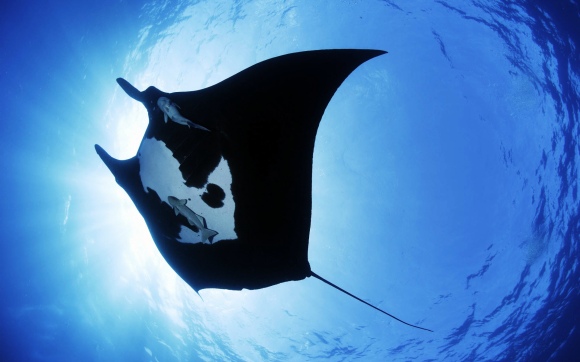
How do you think Photography can change People’s attitude towards endangered species?
As I said before we, as a species, tend to protect that which we understand. Understanding comes from seeing, learning and experiencing. Whilst not everyone has the option to head out to this location for ten months of filming over two years the next best thing is for them to see what I see, to hear the tales and live vicariously through the imagery that will form this project. From there they can make up their own minds as to what they then do in their role to protect these species and or places by sharing, educating and informing others. It’s sad in a way to know that as a species mankind is the only one on this planet that is aware of it’s own demise, we know that one day we will die. This being said it surprises me that many people tend to ignore the actions they do as contributory to the demise of the one home we all share, the one we will hand to our children and expect them to live with the mess we hand down to them. I’m hoping this film will show the beauty of something most of us don’t even know exists and that we can then take steps to ensuring it remains intact and hopefully as pristine as I will discover, only time will tell.
This was the first interview I have done and the first for my blog, I hope you liked it and I am sure to upload many more. Please note that some of the images I have used in this post are not actually Mark’s, I found them on google and if anyone wants them removed I would be more than happy to do so.
I am always keen to get feedback so please let me know what you think. A massive thank you to Mark Thorpe for taking time out of his schedule and as he mentioned in the interview if you are interested in his film and want more information on the project please visit his website – http://www.facebook.com/thesharkmovie

